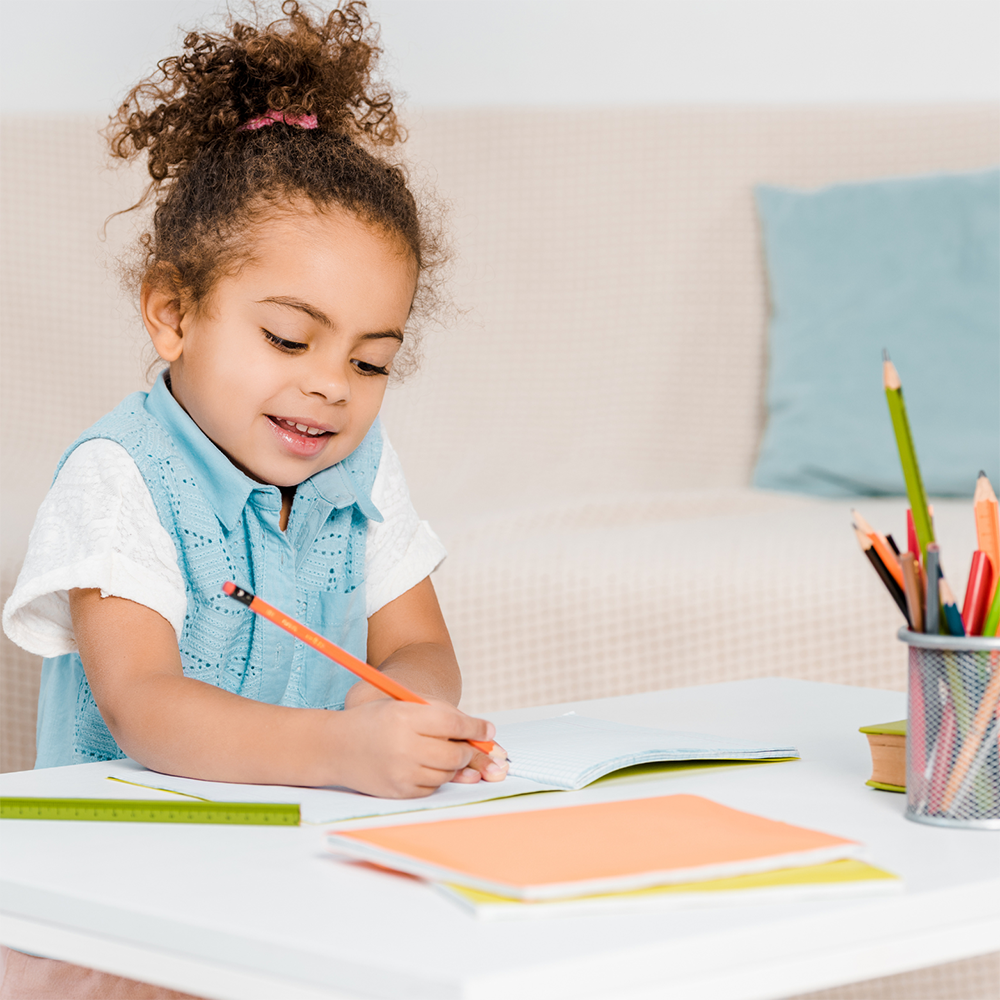Contact
Contact Us
We look forward to speaking with you and helping you and your child to a better future!
White Paper
Still looking for more information?
Student Portal
Access all your student progress and information all in one place!
Future Coaches
Have you or your child already gone through the program? Become a Coach with us!
Frequently Asked Questions
FAQ
Why do some readers struggle?
The truth is, that those who don’t read fast enough are not much better off than those who can’t read. Many people who learn to read don’t read as fast or as well as they could for the following reasons:
1. They have undetected eye-tracking problems which can cause headaches and visual distortions while reading.
2. They have attention challenges that make it uncomfortable to sit still long enough to read or learn to enjoy reading.
3. They don’t know or understand many of the words they encounter, because they haven’t been given the right tools to do so.
What is reading?
Language begins as a child experiments by making sounds and imitating the sounds of the words of their parent or family. Usually the first words the child learns are mama and papa. Next, they learn their name then the labels for things in their home environment. For instance, bottle, crib, floor, window, brother, sister, car, etc.
Reading begins when the sounds of the oral language are written in print. English is an alphabetic language where letters represent the sounds that create words. These words then shape the meaning and describe the thoughts and images that we use to communicate.
As we became a literate society, we began to build and store more and more ideas in writing and some authors are able to communicate their ideas better than others. There are several levels of meaning that are communicated when the author begins to record their thoughts and ideas on paper. Authors then express their ideas with intention and emotional words to capture the reader’s attention and imagination. For instance, in a love letter, the author writes with love in their heart and the words they choose reflect the emotions they are writing. When the reader reads the letter they should be able to feel the love from the words that the author use to express their feelings.
An important part of reading comprehension is understanding the emotion of the author’s words as well as the definition of the words.
How do we read?
Each sound is a level of meaning called a phoneme. Each letter is a parallel level of meaning known as a grapheme. The most fundamental skill for a developing reader is to understand this relationship. These graphemes are combined to form parts of words, simple at first, then more than one syllable, then words. Next the words are combined into another even higher level of meaning called phrases. Then these phrases are punctuated into sentences and sentences combined into larger units of meaning called paragraphs. Understanding paragraphs is called comprehension of the main idea, who or what is the paragraph about and what are the major supporting concepts in the paragraph.
Is Slow Reading a Disability?
If you find that you become anxious or start to procrastinate, when given a reading assignment you might start to think you can’t read. This is not true! You may read well but are a slow reader that hasn’t yet developed the necessary skills to read with speed or ease. This may cause you to avoid reading at all costs because of the fear of failure.
Reading slow is not considered a learning disability, but it can cause as much frustration or anxiety as a learning disability, such as dyslexia, attention deficit hyperactive (ADHD) readers might feel. While some readers may have dyslexia or other learning challenges, most students who are simply struggling readers have not yet mastered the mechanics of reading well and the ability to remember what they read.
How do we become better readers?
Becoming a better reader starts with the intention of understanding the reasoning of the author. Who or what is the passage about and why does the reader think the author cares when we read what they have written. In fact, that is the first guiding rule of reading. The second and third rules of intention extend or play along with the first.
My Child has been diagnosed as Dyslexic. Can you help?
We have many students that have come to us with the previous diagnosis of Dyslexia. Through careful research and evidence based processes we have been able to take all of our students from a struggling reader to reading beyond the levels they ever thought they could.
Is Vision Therapy the same thing?
No, we do not provide vision therapy as defined by optometry, nor do we practice optometry. Instead, we offer a specialized program designed to strengthen and develop alternative areas of the body that support reading. Our rigorous reading program guides students to read with ease and comprehend with confidence
Can VRA help with learning problems?
Although we do not claim that our program can cure dyslexia, ADD, or ADHD we show through our evidence based approach that many of our current and past students have had great success in helping them with their previous diagnosed problems. Our program helps train the muscles around the eyes which may directly affect the eyes in a positive way to be able to see more clearly what the student is reading as well as works with reintegrating the brain with the areas of the body that affect reading to get a full rounded approach to a better outcome.
Changing Futures Together!

